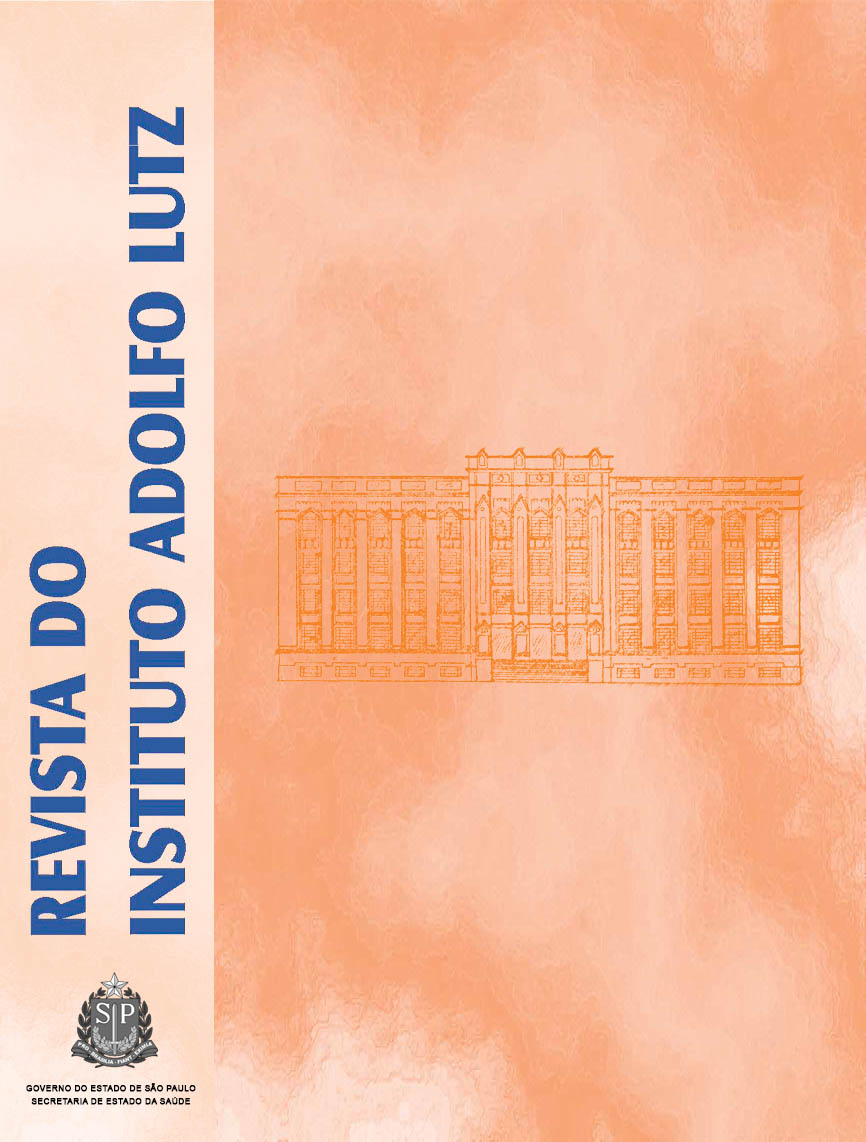Abstract
Perfumes and colognes are produced with a careful selection of raw materials, which are combined to provide a unique characteristic and of high value-added product. Due to the huge profits provided to the cosmetic industry, the sale of counterfeit goods has been growing. This study aimed at assessing the authenticity and safety of perfumes and colognes of national brands marketed in the clandestine trade of São Paulo, by evaluating the following parameters microbiological, cytotoxicity, chromatographic profile and authenticity. Characteristics differences between the samples and the reference standards were found, indicating that they were not manufactured by the industry companies which hold the perfume brand. Theses findings serve as a warning to intensify the surveillance and to follow the measures against the practice of forgery, as by means of educational campaigns, for elucidating the risks that these products can cause to the consumers health and safety.References
1. Haddad R, Catharino RR, Marques LA, Eberlin, MN. Perfume fingerprinting by easy ambient sonic-spray ionization mass spetrometry: nearly instantaneous typification and counterfeit detection. Rapid Commum. Mass Spectrom. 2008; 22:3662-6.
2. Associação dos Distribuidores e Importadores de Perfumes, Cosméticos e Similares - ADIPEC. Aprendendo para ensinar sobre pirataria. São Paulo; 2007. [acesso 2012 mai 02]. Disponível em: [http://www.adipec.com.br/selo/pirataria].
3. Ellendt K, Hempel G, Köbler H. Analysis of sensitizing fragrances by gas chromatography – mass spectrometry. SÖFW J. 2001; 127(12):29-34.
4. Augusto F, Poppi RJ, Pedroso MP, Godoy LAF, Hantao LW. GCxGC-FID for qualitative and quantitative analysis of perfumes. LC-GC. 2010: 430-8.
5. Lucca LG, Paese K, Guterres SS. Perfumes: Arte e Ciência. Rev Cosm Toiletr. 2011; 23(3):54-64.
6. Santos H. Composições inspiradas na natureza. Rev Neg Ind Beleza. 2007; 5:24-36.
7. Schueller R, Romanoswski P. A essência das fragrâncias. Rev Cosm Toiletr. 2005;1 7(5): 50-5.
8. Del Comune AP, Menin SEA, Pagliace SR, Petch V. O perfume e o alquimista. Lecta. 1998; 16(1):91-8.
9. Dias SM, Silva RR. Perfumes: uma química inesquecível. Quím Nova Esc. 1996; 4:3-6.
10. Draelos ZD. Cosméticos em Dermatologia. 2ªed. Rio de Janeiro (RJ): Revinter; 1999: 237-43.
11. Marques L A. Aplicação de técnicas avançadas de espectrometria de massas em ciências de alimentos e perfumaria [dissertação de mestrado]. Campinas (SP): Instituto de Química, Universidade Estadual de Campinas; 2006.
12. Brasil. Ministério da Saúde. Resolução nº. 481, de 23 de setembro de 1999. Dispõe sobre o controle de qualidade microbiológica para os produtos de higiene pessoal, cosméticos e perfumes. Diário Oficial [da] República Federativa do Brasil. Brasília, DF, 06 out 1999. Seção 1. p.06.
13. Farmacopeia Brasileira, 5 ed. vol. 1. Brasília, 2010.
14. Pinto TJA, Ikeda TI, Miyamaru LL, Santa Bárbara MC, Santos RP, Cruz AS. Cosmetic Safety: proposal for the replacement of in vivo (Draize) by in vitro test. Open Toxicol. 2009; 31-7.
15. International Organization For Standardization [BSEN-ISO] 10993-05: Biological evaluation of medical devices tests for in vitro cytotoxicity. Geneva, 2009.
16. UNITED. States Pharmacopeia. 34 ed. Rockville: United States Pharmacopeial Convention, 2011.
17. Asten A. The importance of GC and GC-MS in perfume analysis. Trends Anal Chem. 2002; 21(9-10):698-708.

This work is licensed under a Creative Commons Attribution 4.0 International License.
Copyright (c) 2013 Instituto Adolfo Lutz Journal
